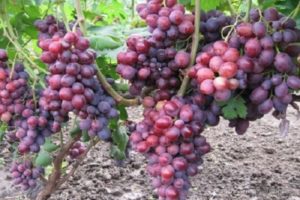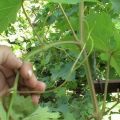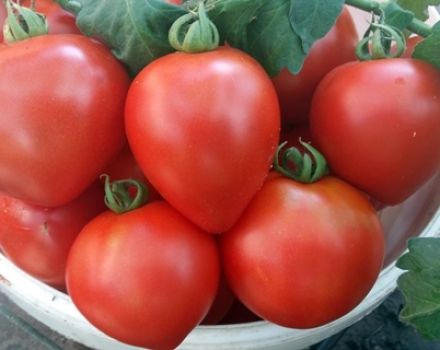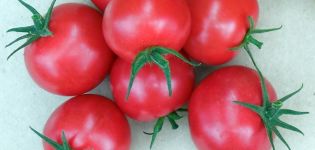Why do grapes crack during the ripening period and how to treat the disease
The question of why grapes may crack during the ripening period is of interest to many novice winegrowers. Growing grapes is a difficult but fascinating process, the harvest is awaited with great impatience, so it is very annoying when the grapes poured into juice begin to crack. The bunches lose their presentation, they can no longer be stored for a long time, this can spoil the mood for a long time.
Grape varieties prone to cracking
Global warming and the work of breeders made it possible to grow grapes in regions where they had never even dreamed of this before. At the same time, gardeners are faced with a problem - an abundance of rains and some other reasons lead to cracking of the berries.That is why a novice winemaker needs to carefully choose the varieties that are supposed to be planted on their site. Some of them are prone to cracking berries, even with proper care and compliance with all agrotechnical conditions.
The following problem was noticed in:
- Laura;
- Raisins;
- Beauties;
- Viking;
- Rhizomata;
- Bullfinch and some other varieties.
It has been noticed that grape varieties with a high sugar content and thin skin are more likely to crack.
Why do berries crack during ripening
They can crack not only from excess moisture, such a problem can arise when grapes are damaged by diseases (powdery mildew), with an excess of nitrogen fertilizers in the soil.
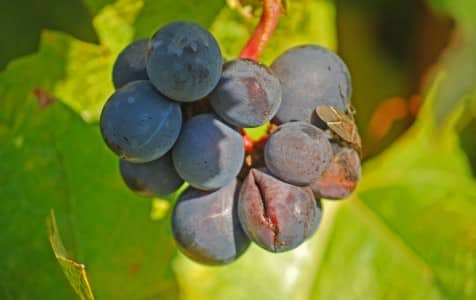
There is no unequivocal opinion about what grapes burst from today, so the most common of the possible reasons should be considered.
Excess moisture
Grapes need a lot of moisture before flowering. A flowering vine needs much less water, and during the formation of the ovary and the development of the grape bunch, the need for watering increases again.
If the bushes suffer from a lack of moisture, and this period coincides with the onset of rainy weather, the berries begin to intensively absorb water.
In this case, their skin does not have time to stretch and bursts.
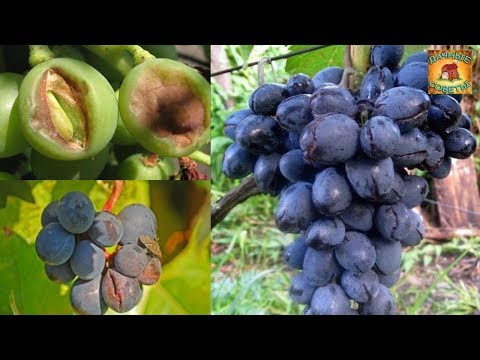
Insufficient nutrient content
Lack of nutrients is the second reason for cracking grapes. The more fertile the soil, the less the grapes burst when ripe. The plant needs fertilizing with nitrogen, phosphate and potassium fertilizers.
Disease affection
Berries burst when the bush is damaged by powdery mildew. Timely spraying prevents the spread of downy mildew and protects bushes from diseases, and berries from cracking. There are varieties that are most susceptible to powdery mildew (for example, Kishmish); in this case, the processing of the vine is carried out every 3 weeks, before the beginning of the filling of the grape bunches.
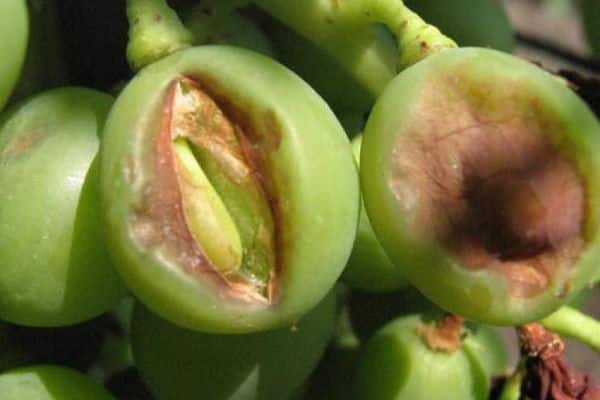
Varietal features
Grape growers have long noticed that varieties with large green berries in a bunch crack more often. Small berries and dark grapes, with slightly less sugar and tighter skins, are much less prone to cracking.
Prevention and elimination of the disease
Burst berries are a loss of harvest, and the flowing juice attracts pests and provokes the onset of the development of various diseases. That is why the problem must be dealt with.
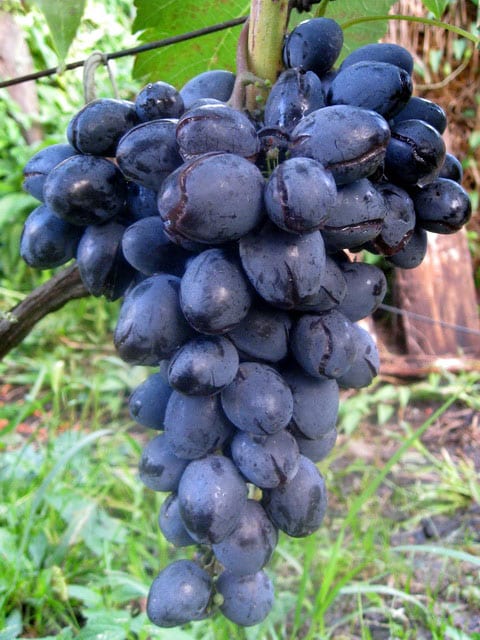
How to irrigate
Grapes do not like cold water, so the plants are watered from a barrel, where the water has settled and warmed up by the sun. Watered depending on weather conditions. On average, it is enough to water the grape bushes once a month. Abundant watering is carried out after flowering, when pea-sized berries appear.
Important: the amount of watering depends on the region in which it grows; when watering, it is more correct to focus on the weather conditions.
The next time the grapes are watered at the end of July. In August, only late varieties are watered, the collection of which occurs in late September or early October. Earlier varieties do not need to be watered.
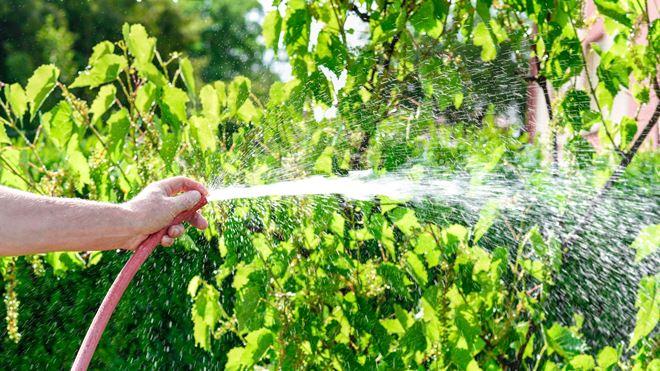
Correct fertilization
Nitrogen is very important for grapes, the condition of the vine, the size of bunches and berries, and the amount of harvest depend on it. However, an excess of this element in the soil leads to cracking. Grapes need mineral and organic fertilizing. The best organic fertilizer is rotted manure or compost. For fertilizing with mineral fertilizers, Kemira, Novofort, superphosphate are used.
The first feeding of adult bushes is carried out in the spring, soon after the opening of the vine. The bushes are fertilized with a mixture of superphosphate, ammonium nitrate and potassium salt. 20x10x5 grams are dissolved in 10 liters of water. Such a solution is prepared for each bush. The second such top dressing is applied a week before flowering.
There are no nitrogen fertilizers in the third top dressing. It is introduced during the ripening period of the berries, because an excess of nitrogen is harmful to the ripening crop. In addition, during the period when flowers appear, after flowering and during the ripening period of grapes, foliar dressing with complex preparations is used, which are easy to purchase in specialized stores. They must be used in accordance with the manufacturer's recommendations.

Reducing the negative impact of nitrogen fertilizers
Bird droppings are considered an excellent fertilizer for grapes, however, it should be borne in mind that it contains a large amount of nitrogen, therefore it is not used during the ripening period of berries.
Increase the positive effects of potassium and phosphorus
It is potassium and phosphorus that are additionally introduced when the berries begin to ripen. Phosphorus and potash fertilizers are used once every 3-4 years, in cases where the vineyard is located on fertile soils. When growing on sandstones, they must be applied every 2 years.
Processing bushes with burst berries
If there are a lot of burst berries in the bunch, you should get rid of it. Such clusters are carefully trimmed. With an insignificant amount, cracked berries are cut from the bunch with blunt-ended scissors.
It is imperative to remove damaged fruits - they attract wasps, birds, insect pests, and contribute to the development of fungal diseases. Of course, completely eliminating the cracking of grape berries will not work, but these simple tips will significantly reduce the associated yield losses.
